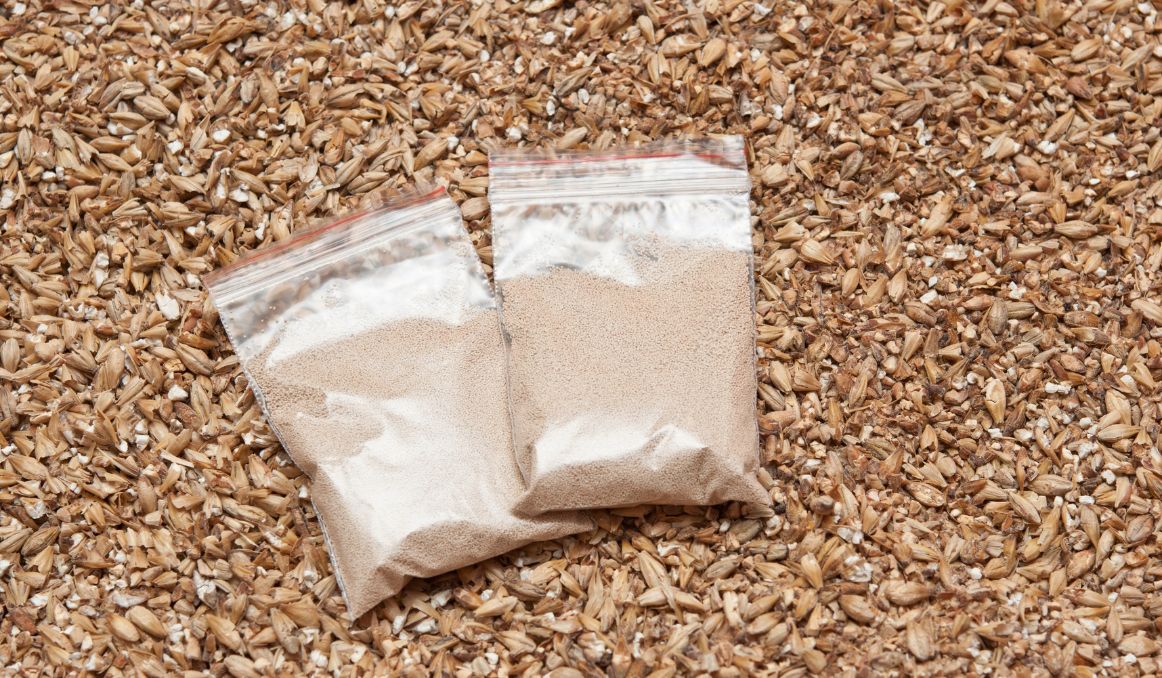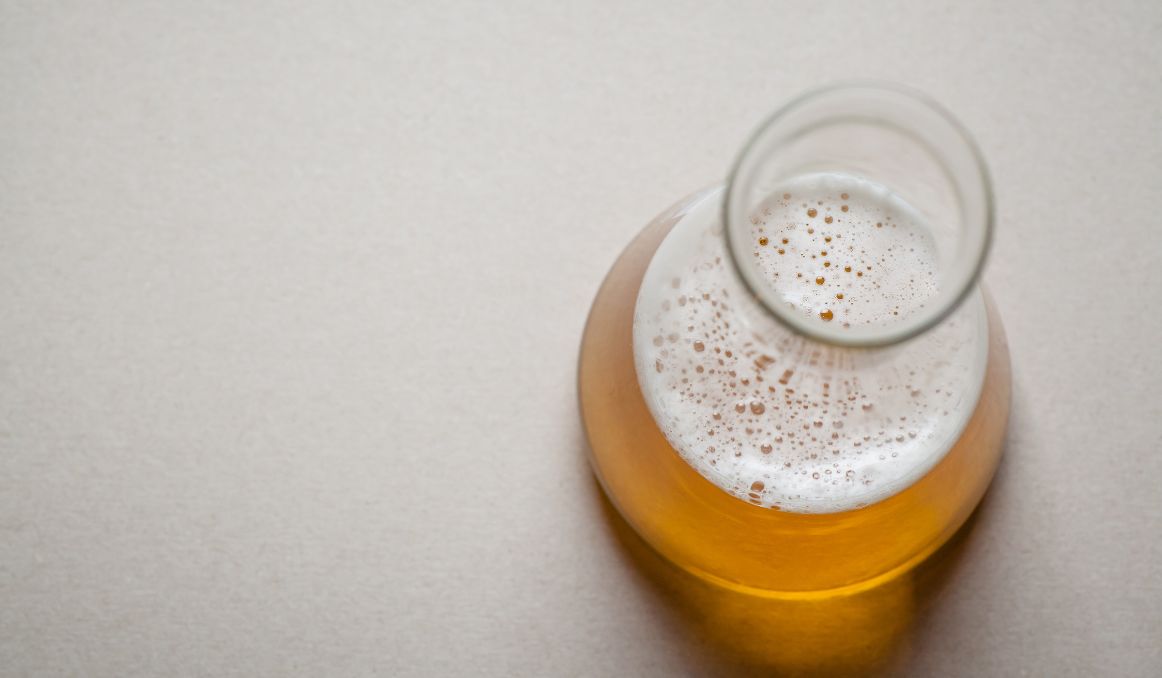Saccaromyces Bayanus: Beer Yeast Explorations
There was a time when all yeast was wild, Saccaromyces bayanus among them. Today, we take for granted that yeast is something we buy from a manufacturer, sometimes without even really realizing what we are buying or the impact that has on our end product.
But more and more brewers are waking up to the realities of getting in touch with their yeast, and how that relationship can shape flavor and aroma profiles consumers not only come to love but that they come back for again and again.
Beer Yeast

Beer yeast, also commonly referred to as brewer’s yeast, has been around since probably the beginning of life on this planet.
Yeast is a form of fungus, and fungus was the first living organism on this planet.
By all accounts, beer was a happy accident that occurred specifically because of how prevalent and resilient yeast is as a single celled life form.
It is ever present, in virtually all environments, and can survive pretty much anything.
The only thing that reliably kills yeast is hot temperatures.
So you may not find yeast in Death Valley.
Otherwise, you can expect there to be yeast on your skin, in your body, in the air, and on pretty much every surface around you.
That’s how it happened that one-day thousands of years ago, a woman was out harvesting her grain and left it in the rain for several days, likely taking quick refuge from a sudden storm.
She returned to find soggy grain covered by bubbling water.
Well, she would have known the rainwater to be fresh, so she served it to her family, never one to waste resources, and she would have made bread out of the soggy grain.
And that’s how we got beer and leavened bread.
In the beginning, it was simple.
Boil grain in water and let it sit out.
Whatever yeast was in the environment would have been attracted to even the most meager sugars in the grain, and it would have fermented away.
The result would have been a mead of sorts, a very low alcohol grain water.
Over time, families and then brewers learned they could roast, kiln, or what we call today malt, the grain to convert the starches in the grain to sugars. They also learned to grind or crack the grain to expose those sugars to the water then yeast would ferment.
As such, the alcohol content would have risen to a heart 3 or 4%, still a nutritious alternative to running water that could have millions of toxins and contaminants.
This beverage was referred to as ale, identified as a top fermenting beer because the yeast flocculate on the top of the liquid once it has finished fermenting, clumping together and going dormant.
Beer yeast was reliable, and brewers merely had to wait for nature to take its course.
Harvesting Beer Yeast
Eventually, of course, beer became a business, and brewers wanted more control over the consistency of their beer.
They learned to crop the yeast, collecting it in its flocculated state after extracting it from the beer so they could pitch it into a new batch.
Remember, if you can control your ingredients, and you can control your yeast, you can control the consistency of your batch.
And consistency is what customers love.
They want to know that every time they show up at the pub, they will be able to get the same beer on tap.
They want to know every time they grab a six pack, they can expect certain flavors and aromas.
Of course, the grain and the hops play a role in that consistency, but yeast can make it or break it.
Certain regions came to be known for their brews based on their yeast strains and even their inclusion of wild bacteria.
And over time, with the rise of industrialization and the scientific revolution, we discovered exactly what yeast was, what it was doing in the fermentation process, and how to harvest and harness it for our brewing purposes.
Beer Yeast Strains

Today, we know that virtually all yeast variants used in brewing, and there are literally hundreds of them, stem from two dominant strains: Saccharomyces cerevisiae, and Saccharomyces pastorianus.
S. cerevisiae is that ale yeast discussed above; it ferments in warm temperatures and flocculates at the top of the vessel.
S. pastorianus came into the light only about a thousand years ago when some Bavarian monks thought to place their beer kegs in some deep dark caves, only to find they had created a different kind of beer – lager.
S. patorianus ferments at those cooler cave temperatures and flocculates on the bottom of the vessel.
In the 1800’s, scientists Louis Pasteur helped the world understand the value of yeast and the part it plays in brewing and all fermentation in general.
Since then, we have been able to identify strains of yeast and bacteria that contribute to the flavor and aroma profiles in beer, which also then allows us to select for them.
Saccharomyces bayanus is just one of those strains, thought to be a hybrid of sorts among S. Cerevisiae and other strains.
In general, S. bayanus is considered more of a wine and cider yeast than a beer yeast, likely because of a sweeter end result, so it could play well in a sweeter, more cider like beer.
More difficult to brew with
The reason why Saccharomyces bayanus is only rarely used in beer and wine making is because it produces a high quantity of 4MMP. 4MMp is a flavor thiol which has often been described as “cat urine”, an aroma you definitely want to avoid. And it is avoided by brewers and wine makers, typically through strain selection. The cat urine thiol might also be avoided by having a higher quantity of nitrogen or protein in the wort, but, of course, this method too is prone to error.
In the end, brewers would do well to explore their options with “wild” yeast strains, and it cannot hurt to begin at home.
Remember, “wild” simply means that it does not belong to the monolithic corporate world of yeast manufacturing, and there is so much to explore beyond those few options.
You could work within your own environment by simply allowing yeast and bacteria to naturally attract to your brew like old school brewers did for thousands of years.
Any “bad” bacteria that attracts to your beer would be killed off by the good bacteria and the alcohol created during fermentation.
Which is precisely why beer has been around, and so popular, for so long.
Cheers!
Passionate about the beer and/or wine making process? So are we! If you’re interested in finding out how you can use our technology to control fermentation and monitor your yeast, save work hours and improve the cost-efficiency of your business, drop us a line at [email protected] or check out our product pages:
- Oculyze BB 2.0 (Better Brewing) Yeast Cell Counter App + Hardware
- Oculyze FW (Fermentation Wine) Yeast Cell Counter App + Hardware
Also, you can now get access to a fully functional demo account to test our Web App. Completely free of charge and with no commitment to purchase.
Sources:
- https://www.texasmonthly.com/food/community-cultures-yeast-lab/
- https://en.wikipedia.org/wiki/Saccharomyces_bayanus
- https://journals.asm.org/doi/10.1128/AEM.02769-05
- https://academic.oup.com/femsyr/article/6/8/1221/570550
- https://phdinbeer.com/2015/01/09/the-physiology-of-flavors-in-beer-saccharomyces-species/


